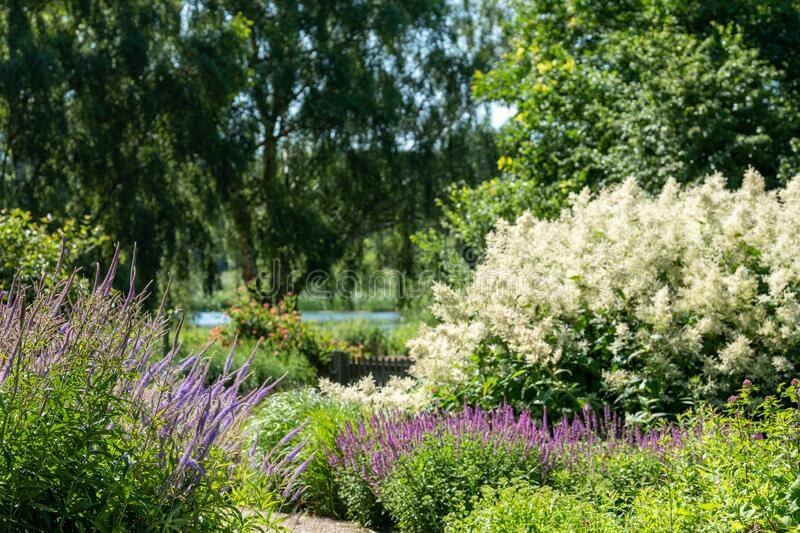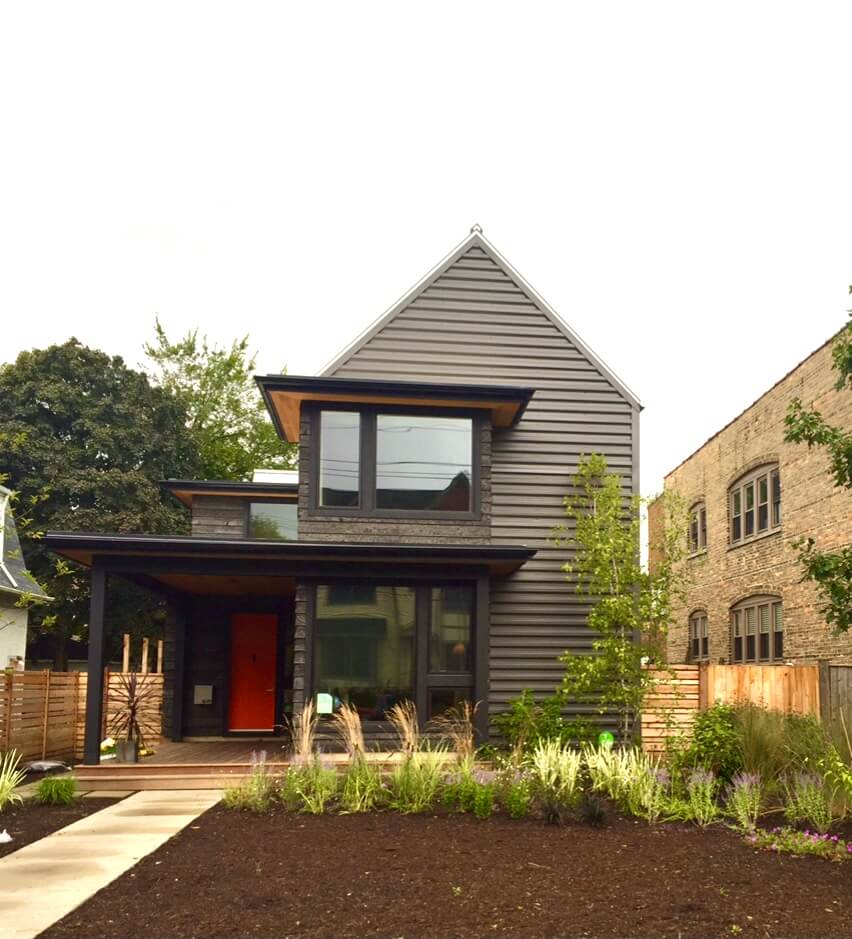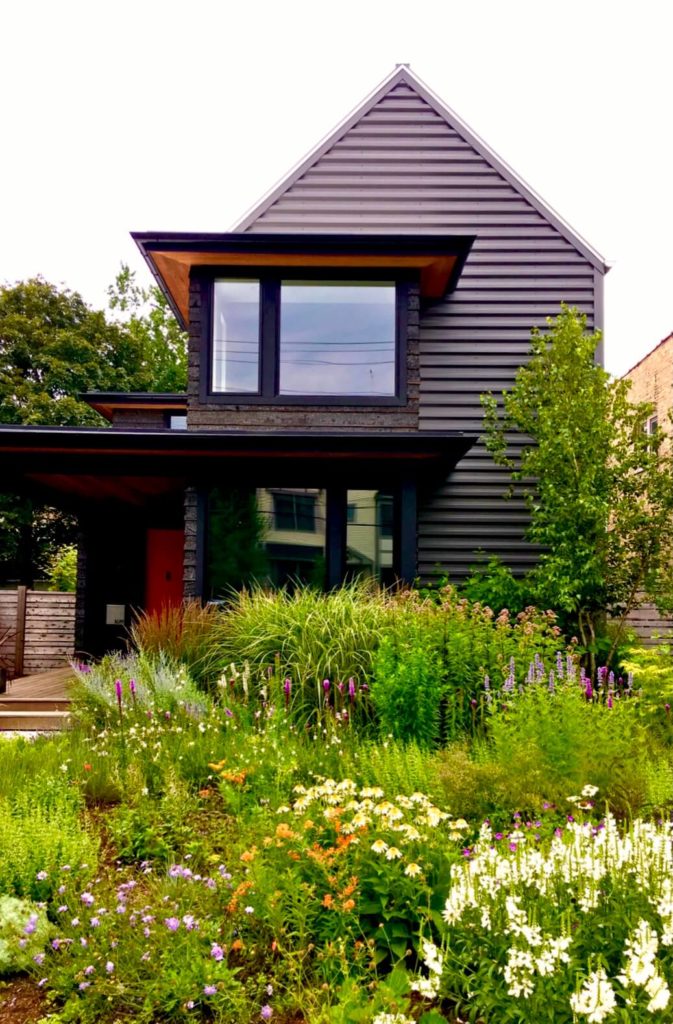Save Yourself While Saving the Planet. Gardening for Nature Helped Me Recover My Health and my Dignity.

Everyone I know was adamant about their vegetable garden because growing your own food is so darn rewarding. I didn’t doubt them, But I wanted flowers. Just flowers. I imagined an English garden in a smother of colors, textures, and heights.
“Don’t you even want to plant carrots? Or tomatoes, they’re so easy.”
“No, just flowers.”
And I proceeded to plant a gorgeous garden that changed every season. In the spring, I had daffodils as big as bushes. I started delphiniums from seed that grew over six ft. tall. And Summer through Fall, I had roses. Gorgeous, fragrant roses that I never thought I could grow.
Then we moved and I had to leave my garden behind
I still dream of it.
We moved to the home we were building. It had a large front yard consisting of mud, which was to be my playground. But for those of you that have moved, gone through every belonging you own, separated the loved from the unloved, packed everything in labeled boxes, and made countless trips to Goodwill, I was too tired to garden. Furniture, books, and boxes surrounded me. It was fall, a prime time to plant, but my body wouldn’t cooperate. My body said, “no.”
Winter came, and the building crew had finally finished just before Christmas. We still had a cardboard sidewalk coming up to the front door. A blanket of snow covered the mud that was barren underneath.
By Spring, I had slowly unpacked everything. I arranged and rearranged our new home at least a dozen times. It took so long to settle, and I was so tired. All. The. Time. I went to bed and woke up still tired. It was more than discouraging not to have the energy I once had. I attributed it to being lazy—the dirtiest word in my mother’s playbook.
I started taking exercise classes thinking they would help my energy levels. During one class, my heart started pounding, and I almost blacked out. When I saw the proverbial stars, like in the cartoons where someone gets hit on the head by a mallet, I knew something was wrong. I went home, lay on the couch, poured a glass of red, and called my GP. She told me to go to the emergency room.
She had called ahead, and they had a room ready when I arrived. I didn’t even get a chance to thumb through the three-year-old magazines. I expected a simple blood test in the emergency room that told me I had anemia, not for the barrage of tests, electrodes, and peeing in a cup multiple times.
A few small repairs
The attending doctor pulled up a chair and told me that my kidneys had failed. They were only working at 10% capacity, and I would have to go on dialysis and should start making plans for a kidney transplant. My husband was told to go home and bring back my essentials because I wasn’t coming home anytime soon. My first thought was, “thank God I’m not lazy.”
That night I slept in my room in the ICU. The nurse came to give me blood pressure meds and draw even more blood. She asked if I wanted to see a priest or a rabbi. That’s when I grasped the severity of my illness.
My kidneys could no longer clean my blood, so the dialysis machine did the work. Dialysis is life support, and without it, I would have died.
Several weeks later, I was able to go home. Oddly enough, there was a dialysis center close to home where I could take my treatments. Four hours, four days a week, this was my new normal.
I was finally home and looking out my front window at the mud. Finally, I decided it was time to call the professionals. I called a nearby landscape firm that came the same day. They could install a sidewalk and lay down sod. But something about a lawn deterred me. For one, I didn’t want to mow it, and I still longed for the beauty of my previous garden.
“How much would it be to sow wildflower seed instead of lawn?”
“Thirty thousand,” he said casually.
In my mind, I yelled, “THIRTY THOUSAND DOLLARS! I COULD BUY ALL THE PLANTS AT THE NURSERY FOR THAT.”
But my inside voice said, “Let me get back to you.”

During my lengthy stay at the hospital, I was researching gardens. I came across a landscape architect named Piet Oldaf, a genius who indeed painted with plants. He seemed to combine an English garden with a Native garden. I ordered books, poured over photographs, and decided I would do it myself. I would create a garden inspired by Piet. Not only that, it would be a native garden with plant species that supported wildlife.
This Might Take Awhile
This garden had given me purpose. I would be saving my tiny piece of planet Earth. I didn’t know that it would also be instrumental in building back my health, mental and physical.
Following Piets’ lead, I wanted tall grasses in the back and native dogwood bushes along the edge of my yard. I also wanted Elderberry shrubs because the woman at the nursery called them “Poor man’s Japanese Maple.” They had gorgeous foliage, but unlike Japanese Maple, they bloomed the most incredible lacy bloom that turned into burgundy berries in the fall. And then, of course, the flowers.
Foolishly I thought it would take three weeks to plant the entire yard. I forgot to add the hours spent in dialysis and its toll on my energy. Picking out plants, getting them home, and arranging them in my yard was easy, but the planting was not. I could only plant three plants a day, five on a good day.
I stood at the front of my yard, and it looked daunting. May was the biggest time of the year for nurseries loaded with plants. It was time to begin. I committed myself to planting at least three plants a day because that’s all my body would do. I was not lazy, I was in recovery, and I had learned to obey what my body dictated.
After the first day, the progress of my extreme gardening project was an empty lot with three tiny bluestem grass plants near the back of the house. It was a little pathetic, but I kept thinking, “what would Piet do?” Piet would keep planting. And do I did, every day, consistently.
I have not been consistent in my life, that is, until my gardening project. When you’re sick as I was, there’s not much you can do. But I could plant three plants a day. Slowly my garden began to fill in, and I realized what consistency could accomplish.
Besides the fact that I had already noticed bees and butterflies visiting, my new neighbors started coming by to ask about the garden. Soon they started asking me for advice. I began visiting their gardens and giving recommendations based on the quality of sunlight and my new love for the native species of flowers.
Every day a man with a tennis racket walked past my yard. He looked but never stopped. Then one day, he stopped and surveyed my progress.
“You’re slow, but you’re consistent. It looks good.”
“You’re slow, but you’re consistent” became my battle cry for everything to come.

Being consistent gave me hope that big things are possible if you don’t stop, even if you’re sick. No matter how daunting it looks, just go slow. I had become a consistent person.
By the beginning of Fall, my garden looked pretty good. I learned that when you plant a native garden, you’re really planting for the following year. The next year was spectacular. Mother Nature got involved in spreading and self-seeding. The garden looked a little like I had planned but far wilder. Mother Nature will not be cheated out of creating Her wild places.
Gardening Creates Passion. Passion is Life
Gardening for Planet Earth gave me a sense of self-respect, pride, and even dignity. Even in my weakened state of chronic illness, I was doing more for the planet than most healthy people I knew. My garden grew into one that looked after itself and the pollinators seeking shelter and food. It also gave me purpose when I felt like a victim and taught me even during my failing health, I can always make a difference.
+ show Comments
- Hide Comments
add a comment